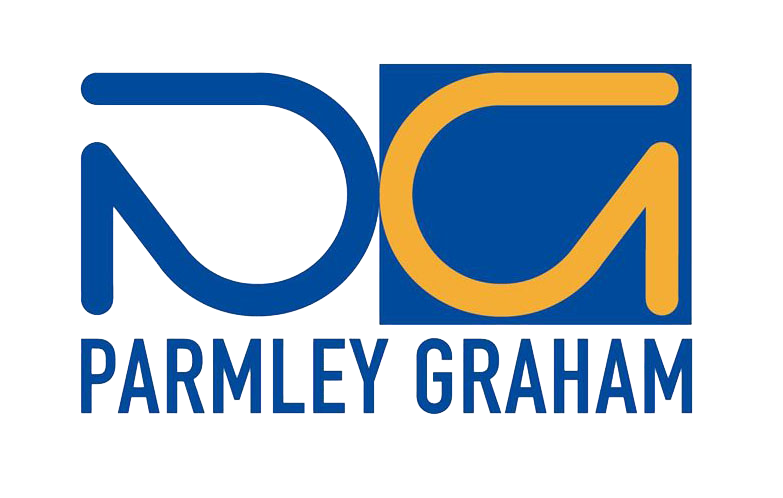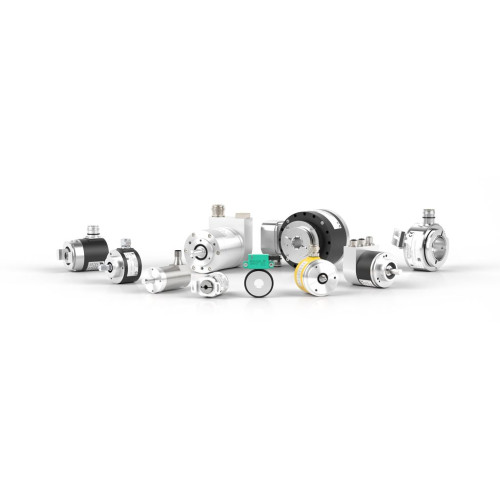Features and benefits
Rotary Encoders
Rotary encoders convert a mechanical input into electrical signals, which can be processed by counters, tachometers, programmable logic controllers, and industrial PCs.
Highlights
- Magnetic and optical encoder technology for harsh industrial environments
- Incremental encoders up to 50,000 pulses per revolution
- Absolute encoders up to 32 bit resolution
- Industry-standard sizes – 50 mm, 58 mm, 2.5″, and 78 mm
- Solid shaft, hollow shaft, and recessed hollow shaft models
- Wide variety of configurations available
- Encoders for hazardous areas
- Safety-rated encoders
- Encoder for high shaft loads
Absolute rotary encoders
Absolute rotary encoders provide a distinctly coded numerical value for each shaft position enabling machine positioning when switched on or after power failures. Parallel absolute encoders transmit the position value to the analysing electronics through several parallel cables. Serial absolute encoders transmit their output data via standardized interfaces and protocols.
Interfaces available
The Pepperl+Fuchs rotary encoder portfolio includes the most varied range of current interfaces for absolute encoders to be found on the market:
- Parallel Interface
- SSI-Interface
- AS-Interface
- CAN
- DeviceNet
- Ethernet
- PROFIBUS
- PROFINET
Incremental rotary encoders
Incremental rotary encoders supply a certain number of pulses for each shaft revolution. Speed is measured by counting the pulses for a period of time. To calculate angle or the distance covered, pulses are counted starting from a reference point.
Dual-channel quadrature output encoders feature two signal outputs that are 900 out of phase with each other. This permits the controller to determine the direction of rotation and perform bi-directional positioning tasks.
In addition, three-channel incremental encoders have a third signal channel (known as zero, or reference, signal) that provides a single pulse for each revolution.
Cable pulls
Cable pulls enable a rotary encoder to measure linear motion by providing a cable that is pulled in a straight line by the application. Internally, cable is wrapped around a spring-loaded drum that turns the encoder’s shaft when the cable is extended. Standard 58 mm diameter encoders mount to the adapter with synchro mounting elements. Cable pulls are an excellent tool for linear measurements with high resolution.
Enabling enhanced efficiency, quality and safety for Food and Beverage operations.
Discover our solutions as key enabler for efficient, excellent quality, and highly competitive operation, allowing our clients effortlessly meet the demands of a rapidly evolving market while maintaining product safety and consistency.



